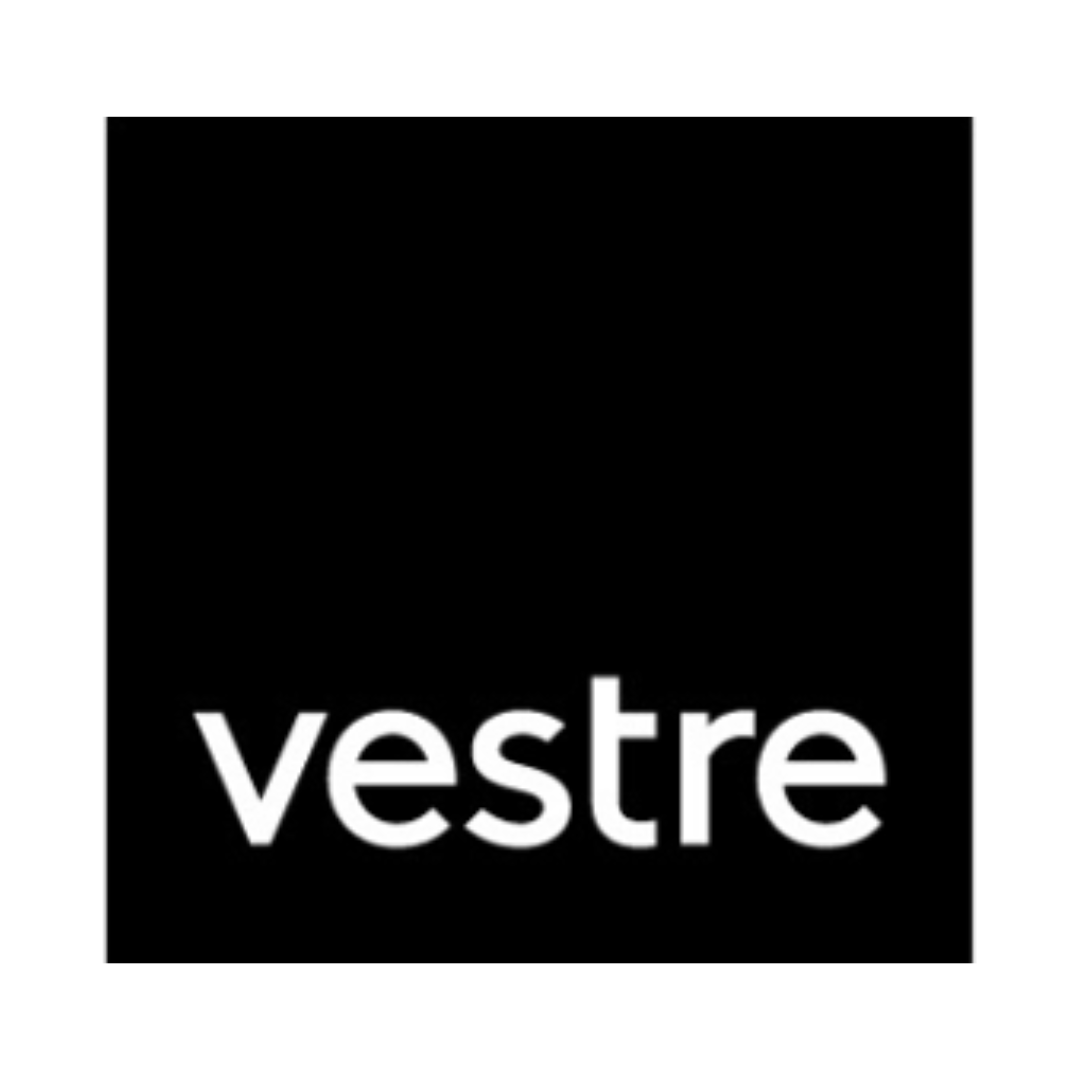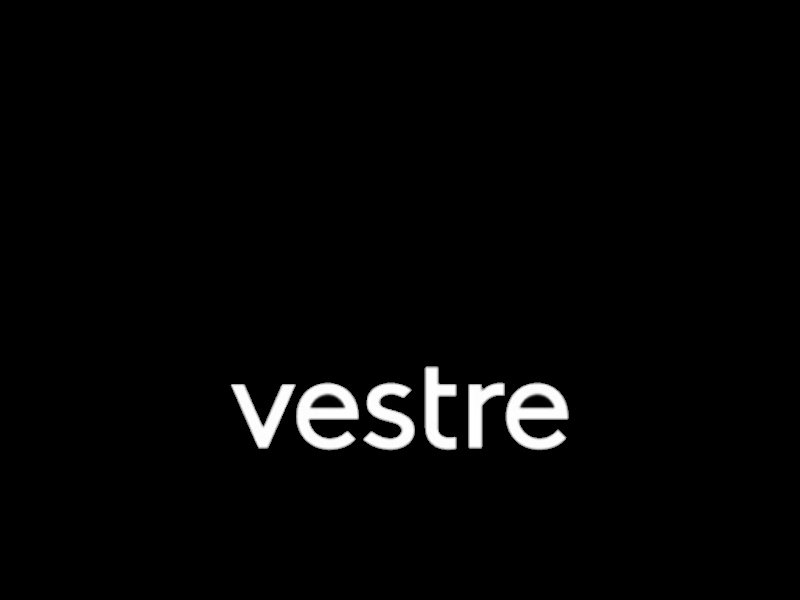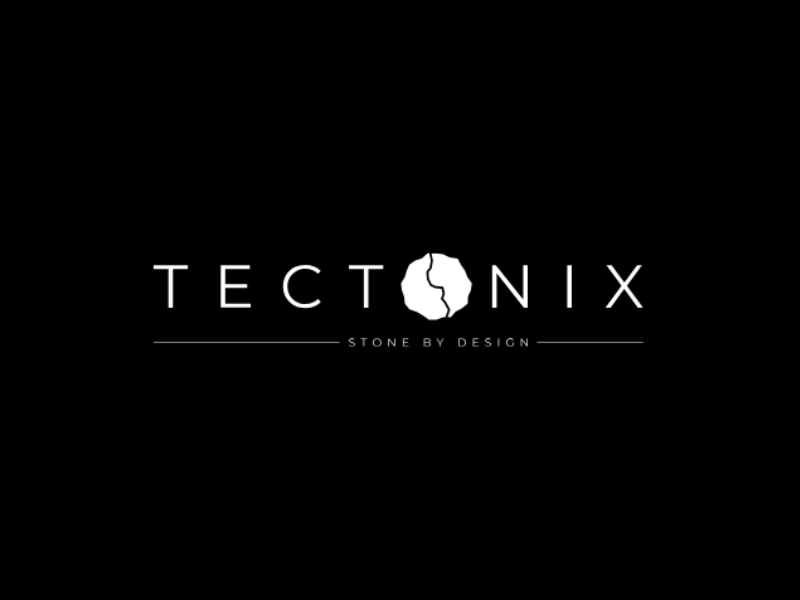Project showcase
Cannock Mill Cohousing, Colchester for Cannock Mill Cohousing Colchester Ltd with Anne Thorne Architects LLP and Studio Suetake (Millers House)

The Grade II Listed Mill serves as a community hub where residents gather for shared meals. The project includes 26 Passivhaus-standard homes, a mix of 1, 2, and 3-bedroom houses and flats. Located near the town center with accessible public transport, this pedestrian-first pocket neighborhood has various community features such as a car club to reduce traffic. Residents own the development through CMC, leasing their homes on 999-year leases, fostering a sustainable, community-driven lifestyle.
Healthy Homes is supported by Wates Group and in association with the TCPA
Who is on the project?
Architects - Anne Thorne Architects LLP
Landscape Architects - Studio Engleback Landscape
SUDS - Robert Bray Associates
Quantity Surveyor - Peter Gittins Associates
Designer - Studio Suetake Passivehaus
Structural Engineers - Ellis & Moore
Contractors - Alan Clarke Building Services
Describe the context of this project and its neighbourhood and how the project was informed by health evidence and housing need.
‘Health starts at home” (Former NHS England CEO Nigel Crisp) and this is the rationale for Cannock Mill. Loneliness has been compared to heavy smoking regarding its effect on health. Here the Common House, shared external spaces and activities foster conviviality. Cohousing is an intentional community where everyone has their own home but share facilities. This challenging north facing site falls 11 metres from top to bottom, with an ancient raised mill pond, requiring an innovative design response. The Listed Grade II Mill is the community hub, where residents prepare meals and eat together. There are two guest bedrooms, a large living room for socialising, music-making, debating, learning and welcoming local people to build wider social connections. There is a mix of 1,2 and 3 bedroomed houses and flats with new buildings to Passivhaus Standard. The converted Victorian Millers House incorporates solar water heating and air-source heat pumps. It took a decade to find a site that also had proximity to a town centre and its facilities via public transport. Cannock Mill in Colchester had existing planning permission for 23 new homes and an existing Miller’s house which has been converted to three flats. Eight households clubbed together to purchase the site using their personal savings, and from the outset the group were determined to build houses to high environmental standards that tread lightly on the planet, that work for people with disabilities and with adaptability for life’s changes. Finally with good transport to the town and facilities.
How does this housing or mixed-use project address the Healthy Homes Principles, including ensuring affordable and secure tenancy arrangements?
This ‘pocket neighbourhood’ of 26 households, is a self supportive environment. The site is owned by the residents, all directors of CMC, who lease houses to themselves on 999 year leases. Maintenance is carried out by the community on an 8 day cycle. The Passivhaus Certified houses with Mechanical Ventilation and Heat Recovery, fully comply with Building Regulations fire separation and means of escape and ‘secure by design’. Winter solar gain is important for passivhaus design. Due to the north slope, living rooms are located on the top floor with large south facing windows and continuous balconies. These provide an extension to individuals living space, connect neighbours through a gate to facilitate socialising, and by forming a secondary means of escape, allow an open stair from ground level for a summer purge of hot air. Triple glazed windows and high levels of insulation mean that not only is external noise reduced but also heating and hot water for the average 3 bedroom house last year cost £300 avoiding fuel poverty. The new build houses timber frames cassettes are filled with 400mm of Warmcell insulation behind an outer wood fibre layer of insulation and a lime render finish, or in some areas, sustainable sweet chestnut cladding. The construction is air tight, but breathable, and combined with the constant supply of fresh filtered air from the MVHR provides very good internal air quality. The scheme uses environmentally friendly materials that are recyclable, do not off-gas and are free of VOCs and heavy metals. The apartment building has solar panels that feed into the communal electrical supply. Carbon emissions are significantly lower than the Climate Change Act 2008 at 205kg CO2 e/m2. The adaptability of the homes give them a longevity in terms of use with; wheelchair accessible corridors and doors and stair lift-friendly stairs, and there is a space in the floor structure for the installation of a lift. Fully accessible bathrooms are lined with plywood to enable easy installation of rails etc. There is a bedroom and a bathroom on the ground floor and potential for conversion of internal garages within the Passivhaus envelope. The glazed doors of the garages open onto the community street and provide some mixed use, includes a pottery, an artists studio a bike workshop and a music room, illustrating the importance of in-built flexible space to enrich neighbourhood qualities. This is a pedestrian-first environment with a car club and a maximum of one car per household, in contrast the Planning Authority’s required 2.5 car spaces per home. Shared food-growing for nutritious shared meals, and composting to improve soils, swimming in the mill pond, gardening or sitting in nature - all are exposome positive, benefitting physical and mental wellbeing. Nichols book ‘Blue Mind’ showed how water aids happiness, and the millpond is a key asset at the heart of the neighbourhood. Included in shared and personal spaces are fruiting hedges, raised bed allotments, comprehensive composting facilities, plus informal places where people can meet, or meditate.
Tell us what you did to help promote, monitor or manage health and how this informed the design, delivery and the ongoing governance of the project. Was the community engaged in the process?
Co-design was key, from finding a site to choosing sanitary fittings. Monthly meetings held with householders to agree design started with the Common House. People agreed what they could share and not need in their own homes such as guest rooms and laundry facilities. The communal kitchen has a preparation area in the dining room, where everyone can sit together overlooking the pond and convivially prepare meals together. An industrial washing-up machine maintains post prandial good humour as everyone clears up! There is a tea point where informal groups make their own drinks and socialise. Residents chose their own kitchens based on two standard layouts with a choice of materials, colours, drawers and cupboards, but all had the same appliances. In bathrooms a choice of shower or bath was given but all had the same fittings. Working to Passivhaus standards informed the specification, design and build from the outset. The regenerative landscape design recognises the importance of nature to physical and mental wellbeing. A water sensitive design applies to the whole site, very large living roofs drain to rain gardens, releasing filtered water into the mill pond, where it is possible to swim. No surface water reaches the main drainage reducing water rates. A simultaneous consideration of the global, local and site scales addresses the needs of people and nature, buildings and environment, layering functions to do more with less. The synergy between low energy healthy buildings and landscape is part of a transformational approach to health and housing procurement.
Gallery


Festival of Pineapples
24-26 February 2026
Pineapples prize giving night
April
Pineapples at Festival of Place
10 June 2026
© The Pineapples - Tweak Ltd. 124 City Road, London, EC1V 2NX. Tel: 020 3326 7238





